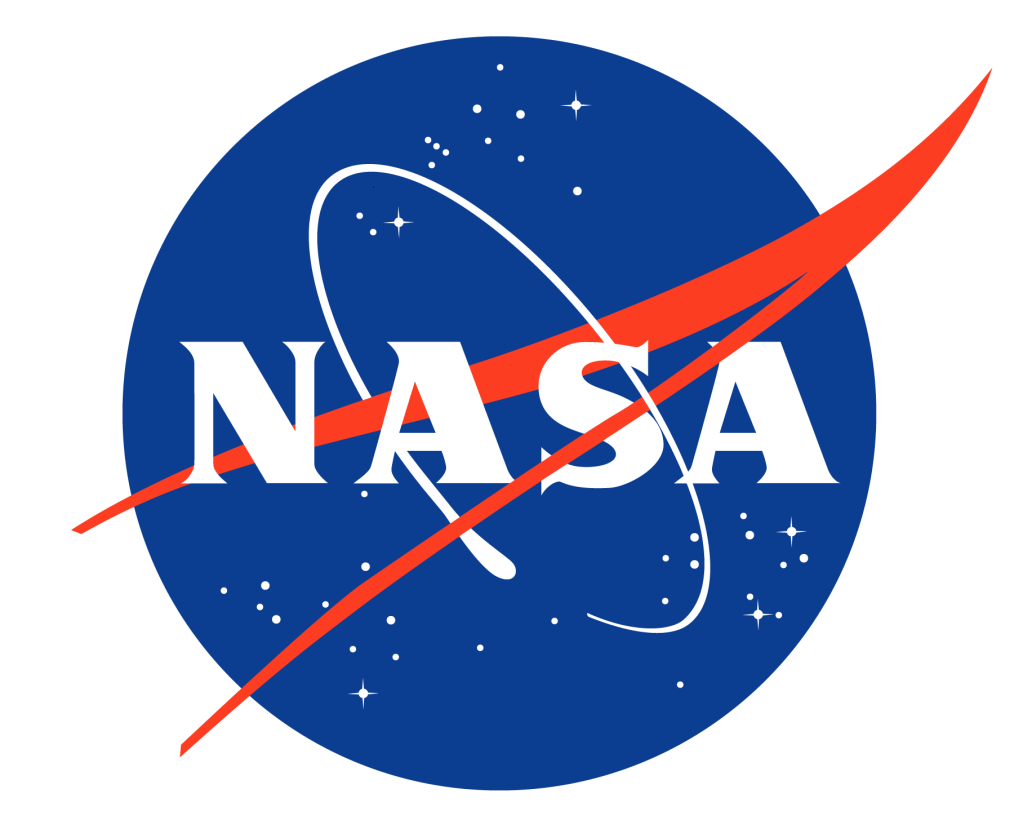
Milt Salamon
Reporter, Florida Today
Milt Salamon had the hardest job in journalism and he was the best at it.
For nearly three decades Salamon was a columnist for the Florida Today newspaper. His task was to write about the little slices of life that gave Salamon’s readers special insight into the community they shared.
Journalists measure their contributions to a newspaper in column inches. Using that criteria, Salamon probably wrote more about the people at NASA’s Kennedy Space Center than any other writer. He occasionally wrote about the nuts and bolts of a spacecraft but mostly it was about people. Ordinary people were at the top of Salamon’s priorities.
Perhaps the person’s name fit with the kind of job they had. (Astronaut Brent Jett was one of Salamon’s favorites and General Starbuck another.) Or maybe the person could identify the purpose behind a strange tool Salamon had come across in a garage sale – a recurring feature he called a “Whatzit?”
Because this was Florida’s Space Coast, many of the stories Salamon told in his column were about the people who worked at the Cape on America’s space program. If there was an inaugural shot of a rocket you wouldn’t read the mission details in Salamon’s column. But if something happened at the launch party that night, maybe the chief scientist was thrown in the pool, Salamon would write about it.
For 27 years Salamon chronicled the history of the space program in a way not covered by any official NASA or Air Force document, or just about anyone else on this planet for that matter. If you take every space-related column Salamon ever wrote and compile them into a book, you could paint a colorful picture of what it was like to work and live and play among those whose job it was to send men and machines into space.
It was easy to share a story with Salamon. He was a quiet gentleman who later in his career would long for the days in the newsroom when you could keep some whiskey in the drawer and smoke at your desk.
Newsrooms were crowded and small cubicles and even computers are often shared. Jim Banke, a young space journalist shared Salamon’s cubicle for 8 years. “It wasn’t our cubicle, it was his. And it wasn’t our computer, it was his.” Banke says. I knew if I wanted to write something it had to be done by the time he came to work. However, when something was a priority in my world he was gracious.”
Salamon’s daily routine was as well scripted as a space shuttle countdown. He arrived in the office about 3:30 p.m. or so, checked his mail, listened to his messages, and stared down the blank computer screen before him, ready to work his miracle.
By deadline that night he would have finished another masterpiece, with every sentence precisely structured, every punctuation mark exactly placed. First reference on all names bold, no widows or orphans, and the headline constructed to fit just so. (And woe to the copy editor who messed with Salamon’s column after he put it to bed.)
Then Salamon was off to get a late drink, usually at Bernard’s Surf in Cocoa Beach, and then home to his wife, Joan. The next day the ritual would repeat. Day after day. Week after week. Month after month.
There were disruptions to that schedule, of course, usually vacations to North Carolina or the monthly meetings of the Cocoa Beach chapter of the American Institute of Aeronautics and Astronautics.
Salamon would never miss a space shuttle launch. He defied all traffic jams and road blocks and showed up at the Kennedy Space Center press site just minutes before liftoff. No one could ever figure out how he did it, part of Salamon’s mystique.
His journey to becoming a master chronicler of our nation’s space program began in 1927 when Salamon was born in Pittsburgh. Later he was working on a master’s thesis in English literature when took a job in New York City editing technical manuals and how-to-books.
As the space program kicked into high gear and the nation aimed to beat the Soviet Union to the Moon, Milt wound up working for Lockheed and moved to Cape Canaveral in 1959 working as a publications engineer for the Agena upper stage team.
Salamon became a steely-eyed missile man and supported several programs, some classified. Years later, as some programs became de-classified; Salamon wondered if he could finally talk about his work back but never got a satisfactory answer, ultimately taking his secrets with him to the grave.
Before he became a local celebrity on his own, he appeared as an extra in the 1969 movie “Marooned,” based on the novel by his close friend Martin Caidin. Soon after, he spent four years working as an editor for the National Enquirer.
Salamon started in 1974 at Florida Today as a copy editor, but almost immediately began his job as a daily columnist. He retired in August 2001 and passed away after a lengthy hospital stay in January 2002.

























